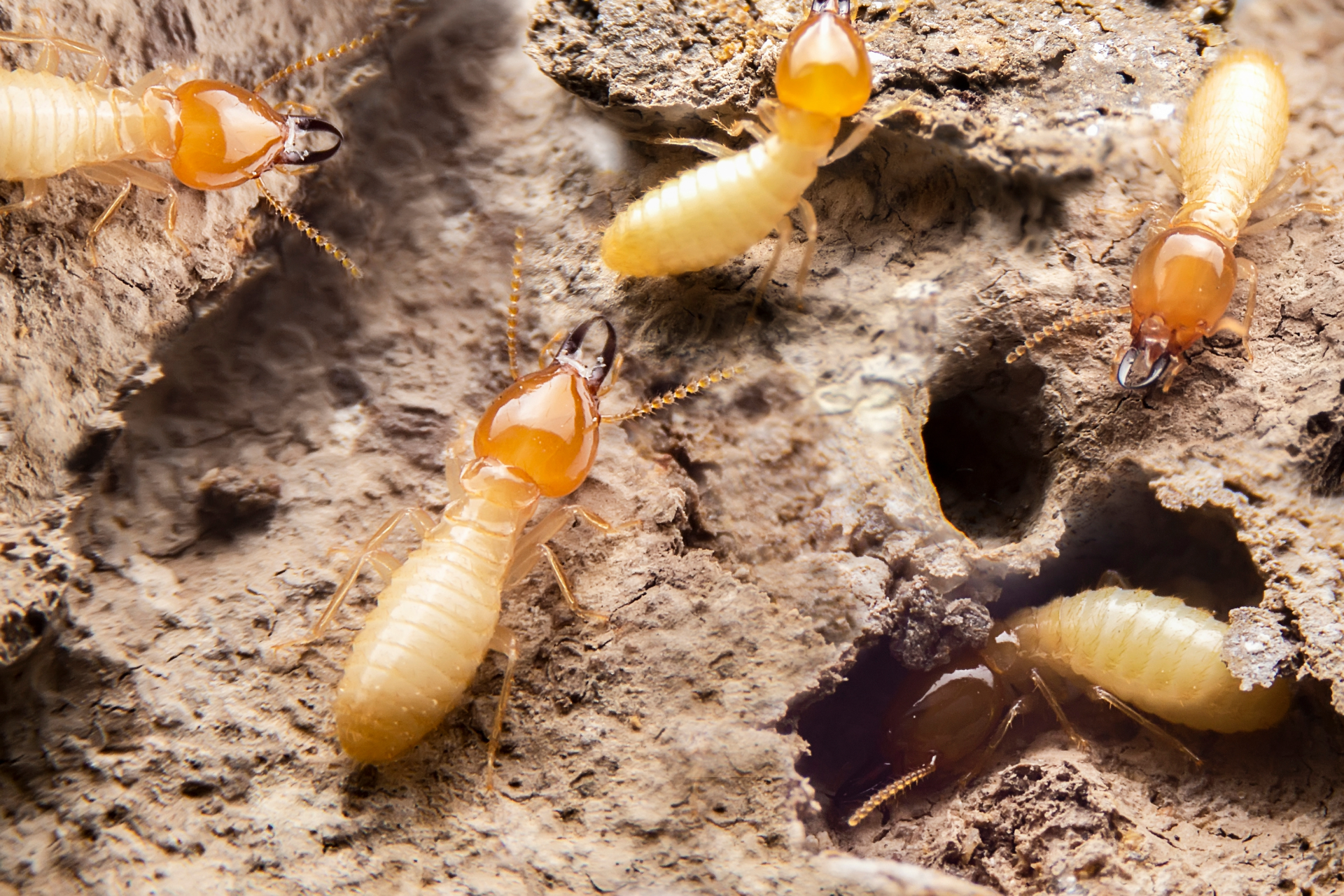March Termites: A Sign of Spring’s Arrival
Introduction to March Termites
As the winter chill begins to fade and the first signs of spring start to emerge, so do the dreaded March termites. These pesky insects are a sure sign that warmer weather is on its way, but they can also wreak havoc on homes and structures if left unchecked. March termites, also known as subterranean termites, are a common pest in many parts of the United States, particularly in the southern states where the climate is more conducive to their survival.
Behavior and Characteristics of March Termites
March termites are social insects that live in colonies underground, where they build intricate tunnel systems to search for food. These termites feed on wood and other cellulose-based materials, making them a serious threat to homes and structures. They are often mistaken for ants due to their similar appearance, but termites have straight antennae, a thick waist, and wings that are all the same size. These insects are most active in the spring when they swarm to mate and establish new colonies, making them a common sight during this time of year.
March termites are highly organized and efficient in their foraging behavior. They work together to locate food sources and communicate using pheromones to coordinate their efforts. Once they find a suitable food source, such as a wooden structure in a home, they can cause significant damage in a short amount of time. It is estimated that termites cause billions of dollars in damage to homes and structures each year in the United States alone, making them a serious threat to homeowners.
Impact of March Termites on Homes and Structures
The presence of March termites in and around a home can have devastating consequences if left untreated. These insects can weaken the structural integrity of a building by feeding on wooden beams, walls, and other support structures. Over time, this damage can lead to costly repairs and even pose a safety hazard to occupants. In severe cases, termite infestations can render a home uninhabitable and require extensive renovations to rectify the damage.
In addition to structural damage, March termites can also cause cosmetic issues in a home. As they tunnel through wood, they leave behind mud tubes and droppings that can be unsightly and difficult to remove. These signs of termite activity can be a red flag for homeowners and should prompt immediate action to prevent further damage. It is crucial to address termite infestations as soon as they are detected to minimize the impact on a home and prevent costly repairs down the line.
Tips for Preventing and Treating March Termite Infestations
Preventing March termites from infesting a home is key to avoiding the costly consequences of their presence. There are several steps homeowners can take to protect their property from termites, including keeping woodpiles away from the house, maintaining proper drainage around the foundation, and sealing cracks and crevices where termites can enter. Regular inspections of the home for signs of termite activity, such as mud tubes or droppings, can also help identify infestations early on and prevent further damage.
If termites are already present in a home, it is essential to take swift action to eradicate them and prevent future infestations. Professional pest control services can provide effective treatment options, such as baiting systems and chemical barriers, to eliminate termites and protect the home from future attacks. Homeowners should work closely with pest control experts to develop a comprehensive treatment plan tailored to their specific needs and ensure long-term protection against termites.
In conclusion, March termites are a common pest that can cause significant damage to homes and structures if left unchecked. By understanding the behavior and characteristics of these insects, homeowners can take proactive steps to prevent infestations and protect their property. Regular inspections, proper maintenance, and professional treatment are essential components of a comprehensive termite prevention strategy. By following these tips and staying vigilant, homeowners can enjoy a termite-free home and peace of mind during the spring season.





